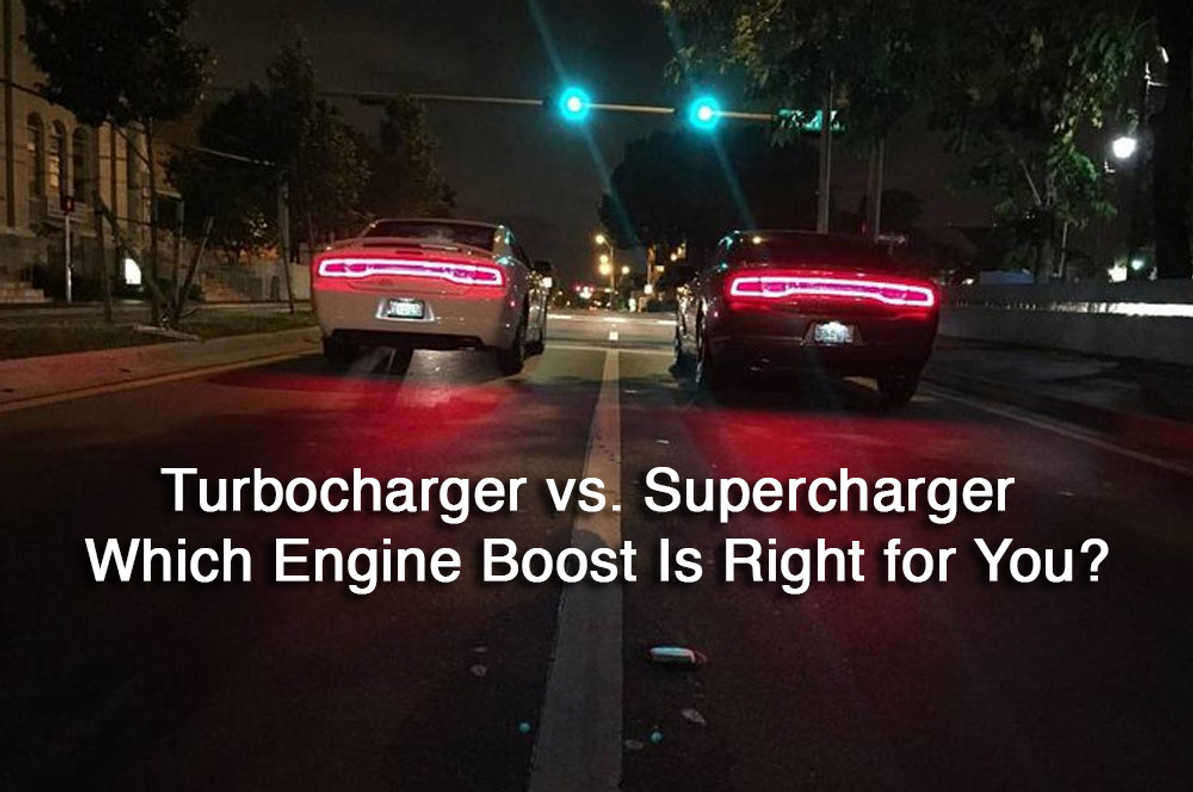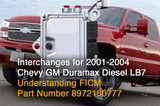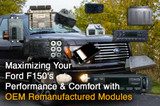Turbocharger vs. Supercharger! Which Engine Boost Is Right for You?
When it comes to enhancing engine performance, turbochargers and superchargers are two of the most popular options available. While both aim to increase the engine’s power output, they do so in distinct ways, offering unique benefits and challenges. In this article, we’ll break down the differences between turbochargers and superchargers, their advantages, and how to decide which one might be best for your vehicle.
Turbo Actuators: https://vehiclemodule.com/turbo-actuators/
What Are Turbochargers and Superchargers?
Turbochargers and superchargers are both forced induction systems designed to compress air entering the engine. By forcing more air into the combustion chamber, these devices allow the engine to burn more fuel, resulting in more power. Here’s how they differ:
Turbochargers
A turbocharger uses exhaust gases to spin a turbine, which compresses air before it enters the engine. This system relies on the energy already being expelled by the engine, making it an efficient option. However, because it depends on exhaust gases, turbochargers often experience a slight delay in power delivery known as “turbo lag.”
Superchargers
A supercharger is mechanically driven by the engine, usually via a belt connected to the crankshaft. This direct connection allows it to deliver instant power, but because it relies on the engine for operation, it consumes some of the engine’s power to function, which can slightly reduce overall efficiency.
How Turbochargers Work
Turbochargers harness the flow of exhaust gases to spin a turbine. This turbine is connected to a compressor, which pressurizes the incoming air. Here’s a step-by-step breakdown:
- Exhaust Energy: Exhaust gases leave the engine and pass through the turbine housing.
- Turbine Spins: The exhaust gases spin the turbine at high speeds.
- Compressor Action: The turbine drives a connected compressor that draws in and compresses fresh air.
- Increased Combustion: The compressed air enters the engine, mixing with fuel for a more powerful combustion.
Turbochargers are known for their efficiency and ability to boost power without significantly increasing engine size or fuel consumption. However, they may overheat under continuous heavy use, which is why many systems include intercoolers to cool the compressed air.
How Superchargers Work
Superchargers operate differently, as they are mechanically driven. They compress air directly by using engine power. There are three main types of superchargers:
- Roots-Type: This type pushes air directly into the engine, providing significant low-end torque.
- Twin-Screw: Similar to the Roots type but more efficient, it compresses air inside the unit before delivering it to the engine.
- Centrifugal: Works like a turbocharger, using an impeller to compress air, but it’s belt-driven.
Superchargers deliver immediate power and are favored for applications where throttle response and low-end power are crucial, such as in muscle cars and racing.
Pros and Cons of Turbochargers and Superchargers
| Feature | Turbocharger | Supercharger |
| Power Delivery | Delayed (Turbo Lag) | Instantaneous |
| Efficiency | More efficient, uses exhaust energy | Less efficient, draws power from the engine |
| Complexity | More complex, requires additional components | Simpler, easier to install |
| Heat Management | Can overheat, needs intercooling | Generates less heat |
| Cost | Often more expensive | Typically more affordable |
Choosing Between Turbochargers and Superchargers
Your choice between a turbocharger and a supercharger will depend on your priorities and the type of driving you do.
- For Fuel Efficiency: Turbochargers are generally more fuel-efficient since they utilize exhaust gases.
- For Immediate Power: Superchargers deliver power instantly, making them ideal for drag racing or vehicles needing quick acceleration.
- For Long-Term Reliability: Superchargers are simpler and often more durable due to fewer moving parts.
- For High-Speed Performance: Turbochargers excel at high speeds, where the delay in power delivery is less noticeable.
Common Applications
- Turbochargers: Found in modern cars prioritizing fuel economy and performance, including many diesel and smaller displacement engines. Common in European and Japanese vehicles.
- Superchargers: Popular in American muscle cars, trucks, and performance vehicles where throttle response and low-end power are critical.
Conclusion
Whether you choose a turbocharger or a supercharger, forced induction can significantly enhance your engine’s performance. A turbocharger might be your best bet if you’re seeking efficiency and high-speed power. If you want immediate, throttle-responsive power, a supercharger will deliver.
Ultimately, the decision comes down to your driving needs, budget, and preferences. Whichever route you take, both systems can transform your driving experience and add excitement to every mile.
What’s your preference—turbo or supercharger? Let us know in the comments!
Recent Posts
-
Understanding FICM Part Number 8972160777 and Interchanges for 2001-2004 Chevy GM Duramax Diesel LB7
If you're looking to replace the Fuel Injection Control Module (FICM) in your 2001-2004 Chevy GM Dur …Apr 29, 2025 -
Troubleshooting and Replacing the 2005 Duramax FICM: A Comprehensive Guide
The Fuel Injection Control Module (FICM) is a critical component of your 2005 Duramax engine, respon …Apr 29, 2025 -
Maximizing Your Ford F150's Performance and Comfort with OEM Remanufactured Modules
As a Ford F-150 owner, you know how important it is to keep your vehicle running smoothly and effici …Apr 29, 2025




